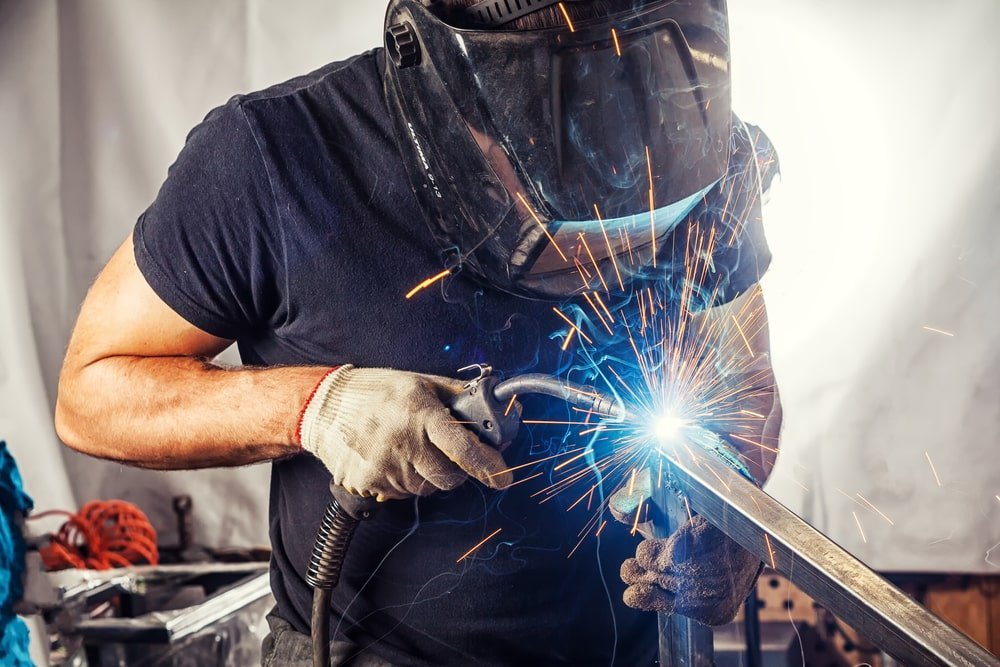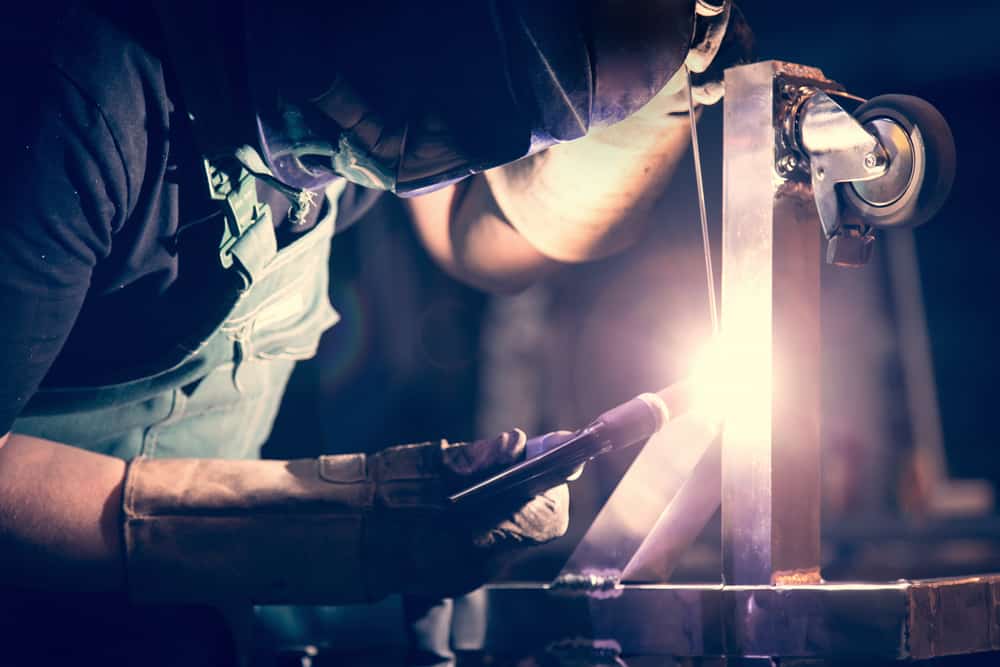Causes Of Welding Defect And Its Solutions




Welder-for-Beginners
In every manufacturing process, there will some sort of defects. And when it comes to welding, it is very common as well. More so, the defects may show up in different forms. In this article, I will talk about the most common types of such defects that you face every day even while using top welder for welding.
Welding Defects, Causes, And Solutions!
In this article, I will talk about the most common types of such defects that you face every day while welding. More so, I will explain what are the reasons behind such defects and what you can do about it to fix the problem.
But let me clear something very first. Good weld only comes from a good inverter welder. If everything is okay but you are getting defective results – then you must figure out such defects and the reasons behind.
I am here to talk about them all. It won’t take you a long time. I will try to keep it as short as possible.



TIG-welding
Weld Crack
This is the deadliest defect and not accepted any welding industry standard. Not on the surface, it may happen in the metal as well. You may already have heard of crater crack, gold crack, hot cracks, and so on. These are all the different types of cracks.
So what are the reasons responsible for such cracks? Well, here are some:
- Contaminated base metal.
- Metals enriched of higher carbon and sulfur.
- Low current but high welding speed.
- Absence of preheating before welding.
- Absence of great joint design.
There are more reasons than mentioned above. So what are the remedies? Well, look at the factors that lead to such cracks and if you take preemptive action, you can solve the issue pretty good.
Weld Porosity
That’s a common scenario when you weld a contaminated metal. There is trapped gas inside contaminated metal and these trapped gas create a bubbled-filled weld. So the weld quality becomes weak and can collapse any time!
Here are various causes of porosity:
- Using too high gas flow.
- Your metal is full of rust, paint, grease, and oil.
- Presence of moisture in the metal.
- Lack of enough electrode deoxidant.
- And obviously if the surface is contaminated.
This is something you do must. Before welding, clean the surface of the metal very clearly. Using the right electrodes is important but make sure you dry it first along with other materials. If you want the trapped gas to escape, reduce your arc travel speed. I would recommend using the correct arc distance as well.
Incomplete Fusion
For a good weld, there must be a great fusion between the weld metal and the base metal. Incomplete fusion happens when there is not adequate fusion between them. That’s the reason you notice a gap in the joints sometimes. That gap is simply not filled with molten metal.
So what are the reasons for incomplete fusion? Well, here are some:
- There is contamination on the surface of the metal.
- Too fast travel speed.
- Large weld pool that runs ahead of the arc.
- Incorrect electrode diameter.
- Low heat input.
So what to do about it? To deal with the incomplete fusion, always use the right arc voltage. Before welding, clean the metal well. Don’t let the molten pool flood the arc. Pay attention to reduce the deposition rate.



Stick-welding
Slag Inclusion
Well, the good news is you can easily notice the defects. Slag inclusion is nothing but the byproduct of the stick, flux-cored, or submerged arc welding. It happens when the flux melts in the weld and here are the possible reasons for such defect:
- You did not clean the metals properly.
- Too fast weld speed.
- Wrong welding angle.
- Low welding current
- Weld pool cools down too fast.
To solve this problem you can increase the current density with proper adjustment of the welding speed. If the previous bead has slag, remove that as well and make sure to adjust the electrode angle too.
Other Defects
In addition to the above defects, there are many welding defects as well. Watch out for incomplete penetration, undercut, spatter, and so on. As long as you know about these defects and find out their reasons, you can take action swiftly. Let me know in the comment box if you need to learn more about these.